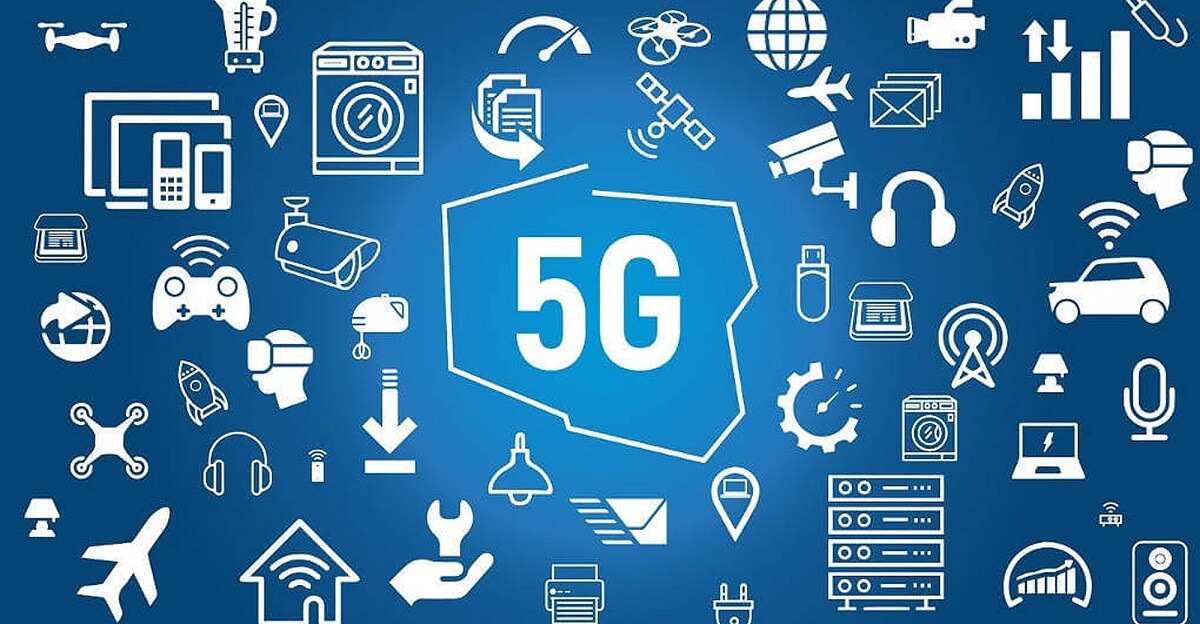The growing technology of 5G in the United States, according to a report presented by the wireless infrastructure provider Ericsson, specific that this technology will make our smartphones have a great improvement in media streaming, with the best video quality and new applications such as VR and AR.
And all of us in North America will make the change to 5G faster than anywhere else in the world.
Ericsson's Mobility Report in its November 2019 edition predicts that the next generation of mobile broadband will see its first great year in 2020, and will account for almost three-fourths of all mobile subscriptions in North America almost 5 years earlier than in the rest of the world
However, the rest of the world will move more slowly, with the following higher 5G adoption rates observed in Northeast Asia (56% 5G by 2025) and Western Europe (55% by 2025). "Countries within these regions have developed economies, which allows a high rate of adoption of information and communications technology," says the report.
In Central and Eastern Europe, only 25% of mobile subscriptions will be 5G by 2025, and in the rest of the world, the figures are even lower.
One of the limits of 5G circuits in the first 5G phones now available, which lacks "more integrated designs, lower power consumption and more frequencies and network operating modes" of the second generation of 5G devices that will be launched next year.
Another is the long-term difficulty of building 5G coverage. Ericsson's optimistic forecast postulates that 5G will reach 65% of the world's population by 2025, but 10% of that will have to come from dynamically sharing the spectrum today reserved for 4G LTE.
Outside of dense urban areas, 5G will have to circulate in low frequency bands that go further, but do not offer gigabit speeds that are often promoted for 5G.
Ericsson's report is quite straightforward by stating that 5G will boost data usage through the clouds as current average smartphone traffic will increase from 8.5 GB per user per month in 2019, to almost 45 GB per month in the 2025
Western Europe will take second place in this bandwidth contest, going from 8.8GB to 36GB per month. Around the world, Ericsson predicts a jump from 7.2GB to 24GB per month.
In Ericsson's analysis, video streaming will drive those high levels of data usage. By 2025, the report expects the video to grow 30% a year to absorb 76% of all mobile traffic. That will be enough to reduce the participation of social networks, the second largest use category, although traffic itself will increase by 20% per year in Ericsson's opinion. The video we see through 5G connections will not only have higher resolutions than the current ones.
This could mean that the new 5G technology will result in more people walking with headphones and AR and VR visors, in order to have maximum experience in the virtual world.

